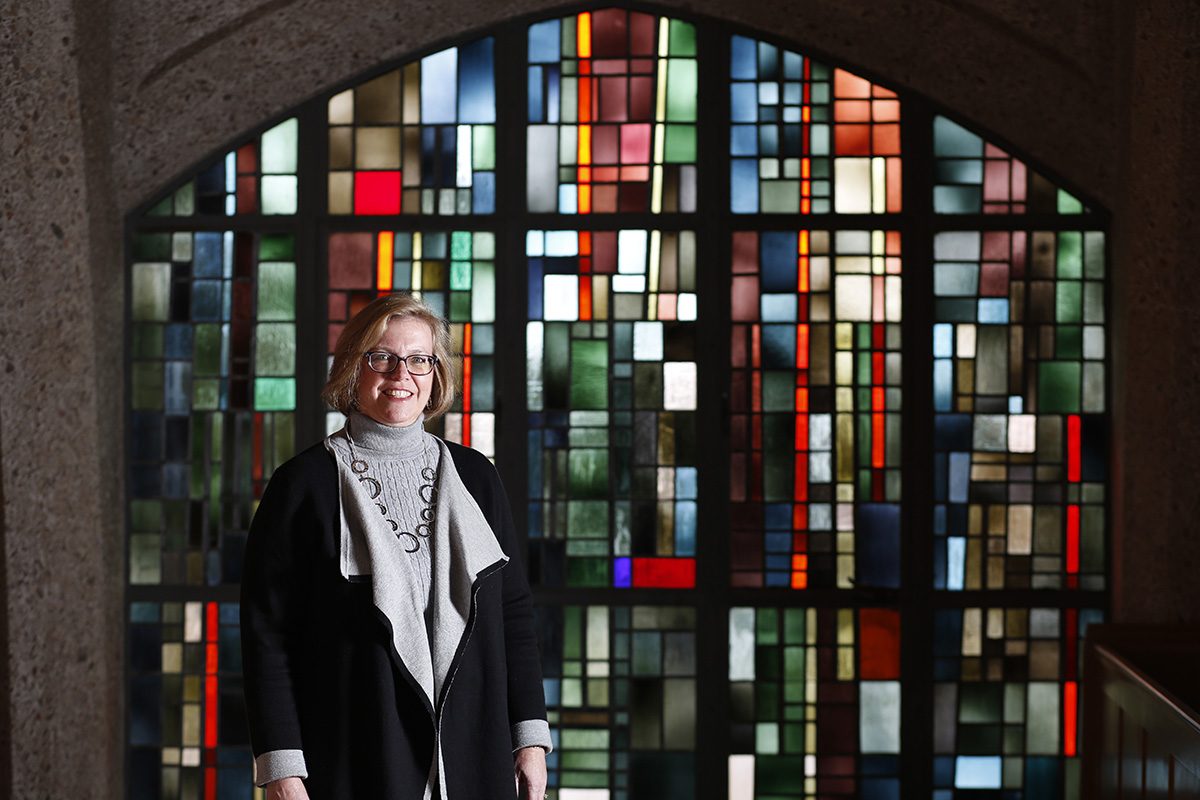
Photo by Ross Hailey
‘Game of Thrones’ Classes Explore Medieval Literature
A TCU English instructor draws from George R. R. Martin’s epic fantasy in popular courses.

Jill C. Havens uses George R. R. Martin’s writings as a gateway to medieval literature. Photo by Ross Hailey
From childhood obsessions with the Knights of the Round Table and Robin Hood to an undergraduate double major in English and medieval studies, Jill C. Havens seemed destined to become a superfan of the HBO hit show Game of Thrones.
Since 2015, Havens, instructor of English who specializes in medieval literature, has brought her passion for George R. R. Martin’s epic fantasy to the classroom through Introduction to Medieval Literature: Game of Thrones — a course so popular it has a waiting list.
“Game of Thrones makes the Middle Ages more relatable, and what I’m able to do is use George R. R. Martin’s writings as a gateway to the literature of the era,” said Havens, who, like millions of fans, awaits the eighth and final season of the TV series that’s scheduled to start in April.
In the two sections of Introduction to Medieval Literature that Havens teaches each spring semester, she divides her students into five houses: Stark, Lannister, Baratheon, Tyrell and Targaryen. The groups take turns leading discussions that often rival the intensity of the “Battle of the Bastards” (Season 6, Episode 9).
“We had to read a lot of supplemental books that went along with Game of Thrones,” said Archa Rajesh, a junior biology major. “We saw so many parallels to the warrior culture of the Norse and to the magic and monsters found in literature like Beowulf.”
Added Nicholas “Nick” Guidry ’18, a technology consultant in Dallas: “This was a period of history I didn’t know much about beforehand, and Dr. Havens really made connections between the Game of Thrones characters and real life. The class made watching the show and reading the books that much richer.”
As the Known World counts down to the final episodes (with readers in for a longer wait for books six and seven that conclude Martin’s fantasy series A Song of Ice and Fire), Havens educates fellow enthusiasts on the past personalities and authentic events that helped shape the saga. (Note: Spoilers ahead.)
House Stark
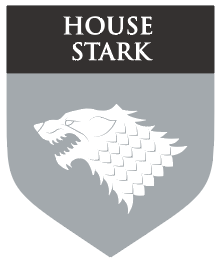
Illustration by Getty Images © MicrovOne
Historians described a complete breakdown in civil order during England’s Wars of the Roses (1455-1485), which claimed a generation. Two branches of the royal House of Plantagenet fought for the throne.
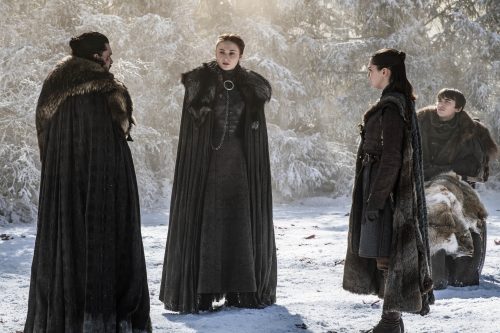
Jon Snow (Kit Harington), Sansa Stark (Sophie Turner), Arya Stark (Maisie Williams), Brandon Stark (Isaac Hempstead Wright) were torn apart early in the series. Courtesy of HBO | Photo by Helen Sloan
The epic civil war was fought between the Yorks (think Starks), whose badge was a white rose, and the Lancasters of the red rose (ahem, Lannisters). Factional battles among family members as well as broken alliances, betrayals and extreme violence characterized England’s 30-year clash that saw the Tudors (from the Lancaster branch) ultimately prevail.
At the outset of Game of Thrones, Eddard “Ned” Stark, the patriarch of House Stark, wants little to do with politics. Nor does the honorable and heroic yet naive Ned have any interest in uniting the Seven Kingdoms of Westeros or seizing the Iron Throne, which resides in the capital city of King’s Landing.
“Ned is a lord, not a king, and his dominion over his castle, household and lands is much closer to that of an Anglo-Saxon earl than the later medieval model of kingship, which prevails in King’s Landing,” wrote Carolyne Larrington in Winter Is Coming: The Medieval World of Game of Thrones (I.B.Tauris, 2016).
Ned has three legitimate sons (Robb, Brandon and Rickon) as well as one he presents to the world as his illegitimate offspring, though viewers learn Jon Snow’s true lineage in Season 7. Nonetheless, the practice of raising bastards at the family home has its roots in the Middle Ages.
“One of my former professors wrote how it was politically expedient to have bastard sons because they were ultimately more loyal to you than any of your other children because they would never have cause to overthrow you,” Havens said. “Bastards are more dependent on their fathers for their status than legitimate sons.”
House Lannister
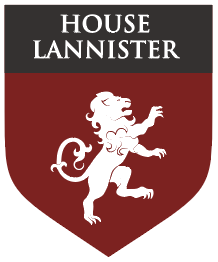
Illustration by Getty Images © MicrovOne
The gold-loving lions rule Westeros — for now. Family patriarch Tywin Lannister, who meets a memorable end at the hand of his younger son, Tyrion, in Season 4, is “the ultimate Machiavellian leader who did whatever was necessary: marriage, negotiations, battles and wars,” Havens said. Tywin, like all Lannisters, always pays his debts, too.
Aspects of Tywin’s potent persona call to mind Edward I (1239-1307), an English king so intimidating that rumors swirled about how he once scared a servant to death. As an ends-justify-the-means leader several centuries before Niccolò Machiavelli published The Prince, Edward I conquered Wales in his unrelenting pursuit of power.
“Of all three of Tywin’s children, Cersei is the one most like her father,” Havens said. “She’s the son he should have had.” Throughout the books and HBO series, Cersei chafes against gender roles and the accompanying societal expectations.
“It’s really cool to see how George R. R. Martin portrayed females like Cersei,” said Arie Wright, a junior fashion merchandising major. “In The Saga of the Volsungs [a late-13th-century Icelandic epic poem], there are characters with the warrior spirit, but they don’t get as much of the spotlight as the men do.”
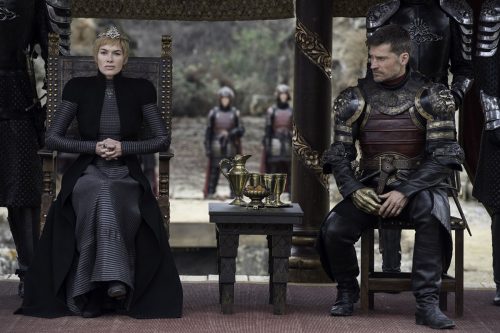
The incestuous relationship of Cersei Lannister (Lena Headey) with her twin brother, Jaime (Nikolaj Coster-Waldau), echoes The Saga of the Volsungs, a late-13th-century Icelandic epic poem. The fierce Cersei is patterned on several historical figures, including Margaret of Anjou (1430-1482), who emerged as one of the strongest women in the Wars of the Roses. Courtesy of HBO | Photo by Macall B. Polay
“We compared Cersei to the Valkyrie of the Vikings,” said Paige Buell, a junior political science and anthropology major. “She’s brave and doesn’t care what other people think, which made her stand out.”
Cersei has several historical doppelgangers, most notably Margaret of Anjou (1430-1482), remembered as one of the strongest women during England’s Wars of the Roses. Historians describe the wife of the unstable Henry VI (1421-1471) as a relentless schemer bent on safeguarding her sons.
Cersei’s incestuous relationship with her twin brother, Jaime, echoes a storyline in The Saga of the Volsungs. In the epic poem, the sister dupes her twin brother into sleeping with her to produce a pure-blooded warrior son.
Havens also compares the Lannister twins to dashing knight Sir Lancelot and Lady Guinevere, wife of King Arthur, whose adultery leads to the downfall of the legendary kingdom of Camelot.
House Baratheon

Illustration by Getty Images © MicrovOne
One of the most direct parallels between England’s Wars of the Roses and Game of Thrones can be found in Robert Baratheon, who defeated the Mad King (Aerys II Targaryen) to wear the crown.
Edward IV (1442-1483), the first Yorkist king of England, defeated Henry VI, who suffered unidentified mental illness throughout adulthood.
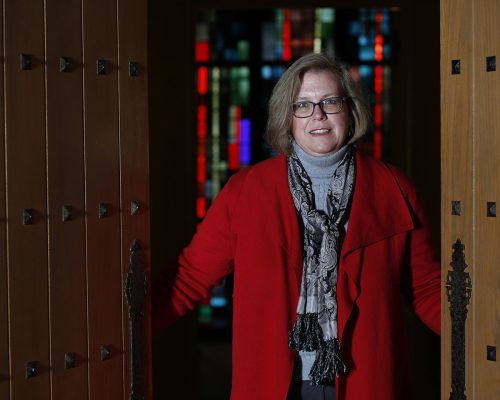
Jill C. Havens’ syllabus includes centuries-old texts Beowulf, The Canterbury Tales and The Prince. Photo by Ross Hailey
“Edward was a great warrior, but once the battles were over, he couldn’t keep his breeches laced up, and drink and whoring were his downfall,” said Martin in The Real Story Behind Game of Thrones, a documentary that explores the influence of history on his writing.
The fact that Robert and his brothers (Stannis and Renly) have little affection for one another also has its roots in medieval European mores. Havens said that noble households would send off their sons at age 7 to live among their aristocratic peers in part to strengthen alliances.
“As a result, Robert, Stannis and Renly Baratheon don’t know each other,” Havens said. “In that period, the men would become closer to the people in the household in which they were raised.”
House Tyrell
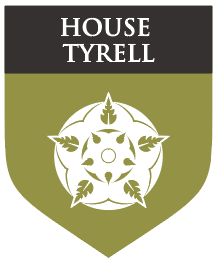
Illustration by Getty Images © MicrovOne
In the castle of Highgarden, the widowed Lady Olenna helps rule the Reach, a prosperous region in the southwestern edge of Westeros. As the dowager countess of House Tyrell, Lady Olenna enjoys far more influence than if she remarried.
“For a woman in the Middle Ages, [Lady Olenna] actually had more power as a widow than as a married woman,” Havens said. “In widowhood, she becomes the sole owner of the property and income it generates.”
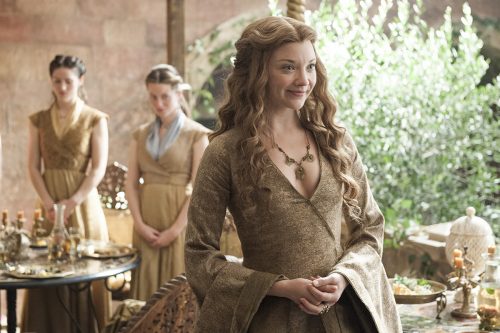
In the Middle Ages, women were often used to secure alliances like the arranged marriages of Margaery Tyrell (Natalie Dormer). Courtesy of HBO | Photo by Helen Sloan
Marriage also defines Lady Olenna’s beloved granddaughter, Margaery. Her first husband is Renly Baratheon, who declares himself king after the death of his older brother Robert, which ignites a war for the Iron Throne. After Renly’s unusual murder, Margaery weds two other Baratheon kings, Joffrey and Tommen, both sons of Cersei Lannister.
Ned Stark’s eldest daughter, Sansa, also is used as a bargaining chip to solidify alliances between the Starks and the Baratheons. Sansa is pledged to Joffrey before he weds Margaery instead.
“Such lack of agency was typical of aristocratic marriage patterns in the medieval period,” wrote Larrington in Winter Is Coming: The Medieval World of Game of Thrones. “For the same reason, Catelyn marries Ned Stark after the death of Brandon [Ned’s elder brother]. Daenerys is traded to [warlord Khal] Drogo on the promise of military support for [her brother] Viserys’ bid to seize back the Iron Throne.”
House Targaryen
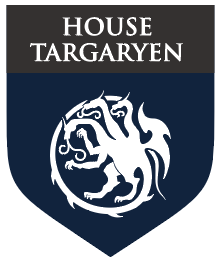
Illustration by Getty Images © MicrovOne
Daenerys Stormborn of House Targaryen is on a quest to free enslaved people and unite the Seven Kingdoms. Not an easy task, as five books and seven television seasons vividly detail.
“Daenerys has the classic Machiavellian struggle: Is it better to be good or feared?” Havens said. “She starts off as a leader who wants to be loved, but when she makes the choice to have Samwell Tarly’s younger brother torched by one of her dragons, it’s because she wants people to be scared of her.”
Along the way, aspects of Daenerys’ character seem borrowed from real-life figures as varied as Cleopatra, Joan of Arc and Henry VII (1457-1509), the first Tudor king, who spent his younger years hiding out on the continent for safety’s sake. Henry VII returned home to defeat Richard III (1452-1485) and take the English throne, effectively ending the Wars of the Roses.
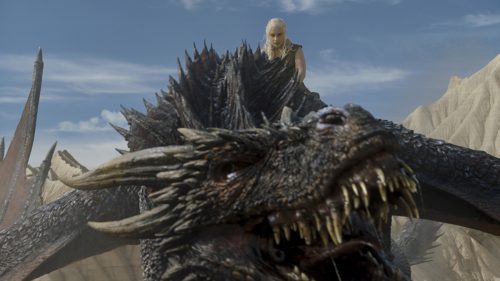
Daenerys Targaryen (Emilia Clarke) with one of her dragons. Courtesy of HBO
“I’m interested in the people of history,” Martin said in The Real Story Behind Game of Thrones. “There are so many wonderful stories among wars and battles and seductions and betrayals, the choices that people make. So many things that you would be hard-pressed to make up.
“And of course I don’t make it up, but I take it and file off the serial numbers, and I turn it up to 11, and I change the color from red to purple, and I have a great incident for the books.”
By the HBO show’s penultimate season, Daenerys has acquired a series of titles and is formally introduced to Jon Snow as Daenerys Stormborn of House Targaryen, rightful heir to the Iron Throne, rightful Queen of the Andals and the First Men, protector of the Seven Kingdoms, the Mother of Dragons, the Khaleesi of the Great Grass Sea, the Unburnt, the Breaker of Chains.
The End Game
Millions of viewers worldwide are counting down to the final season of Game of Thrones in large part to learn who, if anyone, will sit on the Iron Throne.
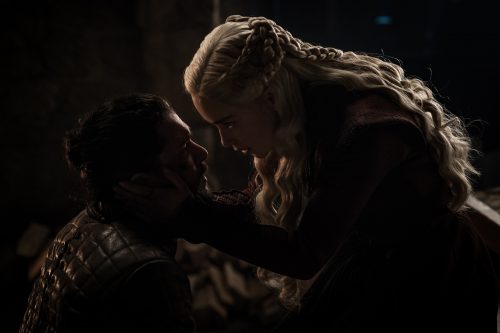
Jon Snow (Kit Harington) and Daenerys Targaryen (Emilia Clarke) grow into their roles as leaders through the series. Courtesy of HBO
Here, Havens offers her educated guess on how the HBO series will end:
“If Martin is being true to the hero myth, the hero must die in the end. But as there are two heroes, Jon Snow and Daenerys, I don’t know which one it will be. Or perhaps both will die, but after her baby (as I assume she will be pregnant by Jon) is born.
“The Wars of the Roses ended when the two warring sides — the Lancastrians and Yorkists — were joined together through the marriage of Henry [Tudor], Earl of Richmond, and Elizabeth of York. Perhaps Jon and Daenerys’ relationship will be the same sort of thing? Though where does that leave the Lannisters?”

Your comments are welcome
Comments
Related reading:
Features
‘Game of Thrones’ — Telling the Truth with Fiction
Many historical roots are evident in the HBO megahit.
Research + Discovery
‘De Niro Method’ Tracks Actor’s Evolving Career
Film scholar R. Colin Tait looks at five decades of artistic accomplishment and how a star can contribute to a director’s vision.
Campus News: Alma Matters
Object Lesson: TCU’s Mace
The symbol of strength includes elements of brass, bronze, amethystine quartz and salvaged wood.